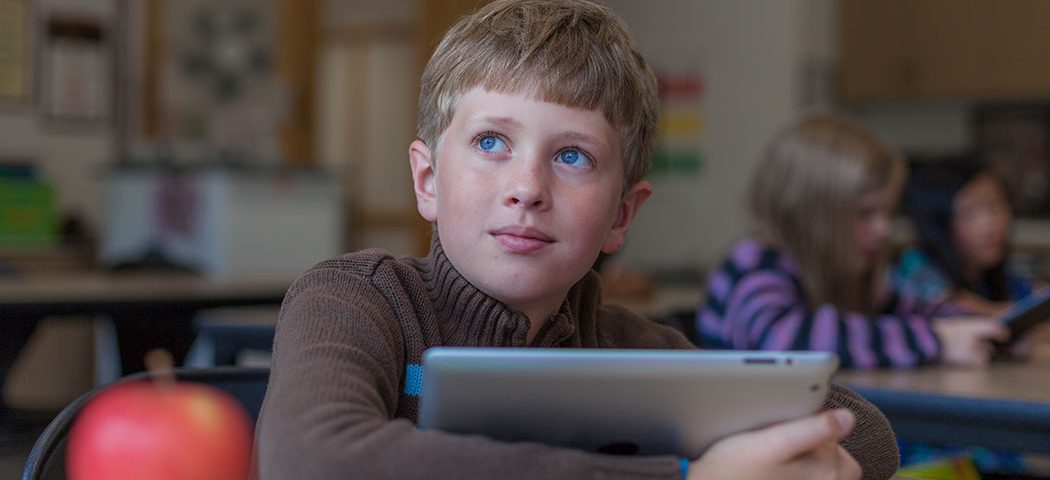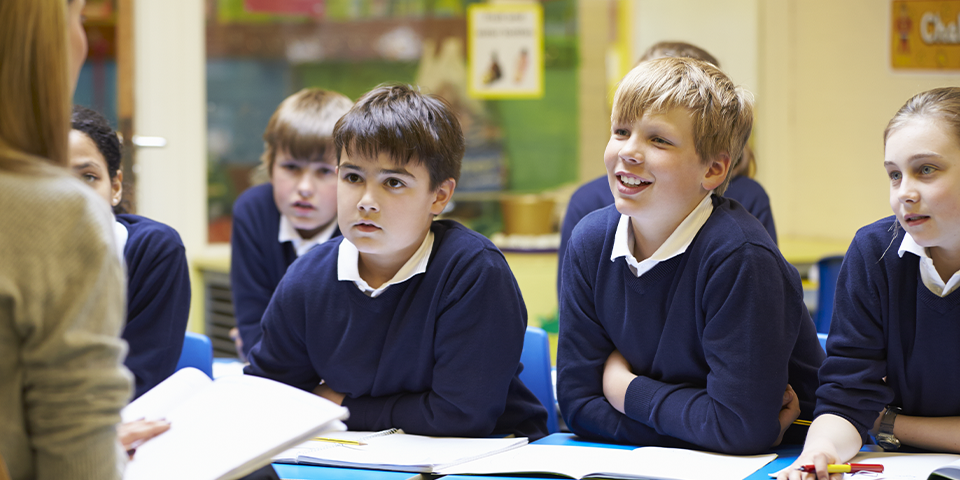- Sales & Support
- +61 2 4225 9698
- [email protected]

Building reading comprehension through questions, inquiry, and sketchnotes
September 18, 2018
Effective teachers are empowered—and so are their students
September 20, 2018Learning with a destination in mind: The art and science of personalised goal setting

By: Eric Stickney, Director of Educational Research, Renaissance USA
A version of the famous quote from Chinese philosopher Lao-tzu states, “A journey of a thousand miles begins with a single step.” But what determines whether that journey will be successful? If we’re listening to current research on performance and achievement, the answer lies in the goal we’ve set. We could argue, in fact, that successful journeys must begin with a goal in mind, before that first step is even taken.
Goal setting has been widely recognised by psychologists, coaches, business managers, and others as a way to improve performance. The benefits of goal setting have been well documented in fields such as music, athletics, and the workplace (Harrison, 2013; MacNamara, Holmes, & Collins, 2006; Weinberg, Yukelson, Burton, & Weigand, 1994).
What role does goal setting play in the classroom? What role should it play? Recent research and expert guidance are providing answers.
Goal setting has been identified as a critical component of response to intervention systems. In the Best Practices in School Psychology handbook, Dr. Edward Shapiro (2008) notes that goals enable educators to monitor student progress and make adjustments in either instruction or to the goals themselves as instruction is proceeding (2008). Goal setting is also recognised as an effective practice by the US Department of Education. Research suggests that teaching students to examine their own data and set learning goals that map out attainable accomplishments motivates them and provides them with a sense of control over their own outcomes (Hamilton et al., 2009).
Having goals is also important for students to learn persistence, self-control, grit, and related skills. These so-called “non-cognitive” skills have risen in prominence in recent years thanks to a collection of very interesting works by economists, educators, psychologists, and neuroscientists who are discovering that non-cognitive skills are just as important as cognitive skills (Tough, 2012). For instance, “grit,” defined as perseverance and passion for long-term goals, has been the subject of a number of recent studies showing that those who set goals and follow through with them attain higher levels of achievement (Duckworth et al., 2007). One study found that students’ self-discipline scores from the previous fall were better predictors of their final GPAs than their IQ scores. Students who score high in grit “deliberately set for themselves long-term objectives and do not swerve from them—even in the absence of positive feedback” (Duckworth & Seligman, 2005).
What constitutes a good goal? According to the “SMART” approach (Doran, 1981), which is widely used in management, goals should be:
- Specific
- Measurable
- Achievable
- Realistic
- Time-bound
This approach makes sense, but anyone who has gone through a SMART exercise knows that writing goals that meet the criteria can be challenging. In education, the teacher’s judgment and knowledge of the student are key, and this is the art of personalised goal setting. But this art is best built on a solid foundation of sufficient information about what constitutes an achievable or realistic goal for a particular student—the science.
Here is where technology and learning analytics play a key role. Baked into solutions such as Renaissance Star Reading® and Renaissance Accelerated Reader® are goal-setting tools to help educators select and set personalised goals for each student that are specific, measurable, achievable, realistic, and time-bound. Renaissance solutions reflect collective knowledge about student practice and growth, drawn from databases of millions of students from tens of thousands of schools across the US and worldwide. The goal-setting feature in Star Reading suggests a likely future achievement trajectory for each student based on the historical performance of students with similar pasts. In Accelerated Reader, teachers set personalised targets for each student addressing the volume, comprehension, and complexity of daily independent book-reading practice, over the course of a marking period, semester, or any other period of time. Art is added to science when teachers combine the guidance from these tools with their knowledge of each student to identify reasonable yet ambitious achievement goals.
At Renaissance, our own data on the power of goal setting supports what education researchers are now unearthing. When we wrote the What Kids Are Reading report, we wanted to understand whether students with personalised reading goals read more than those without goals. Upon mining the Accelerated Reader data, we were pleasantly surprised by the results. On average, students with goals (compared to those without goals):
- Read 32 percent more books
- Read 35 percent more minutes per day
- Scored 4 percent higher on reading comprehension quizzes
- Read more challenging books
- Exhibited greater reading achievement growth during the school year



